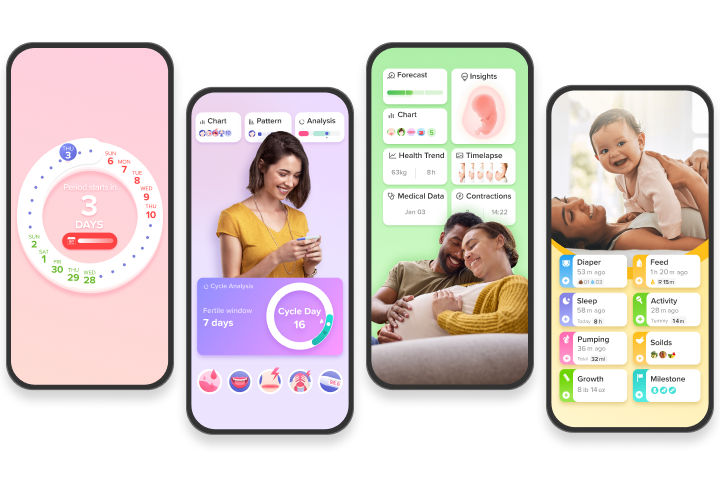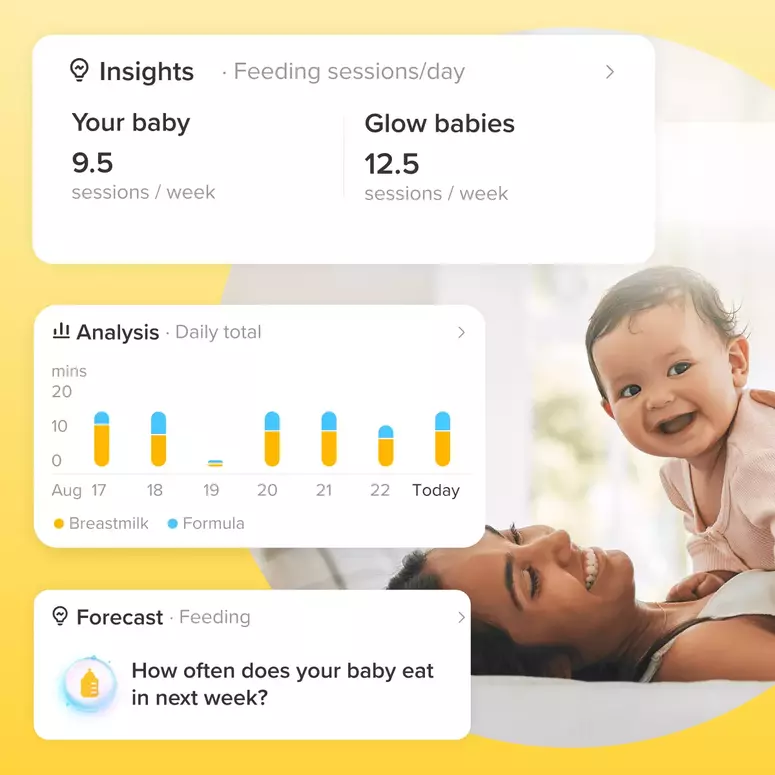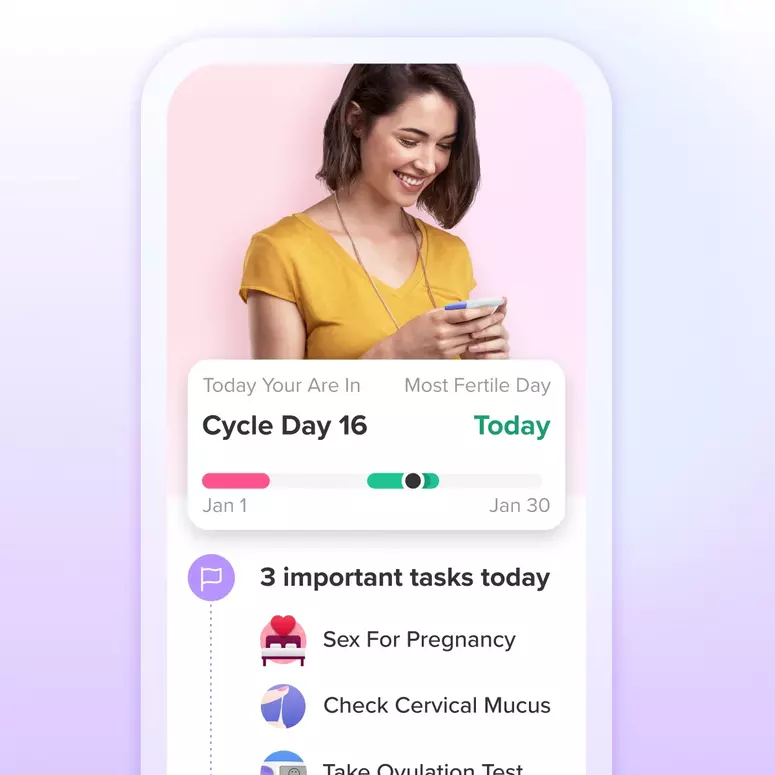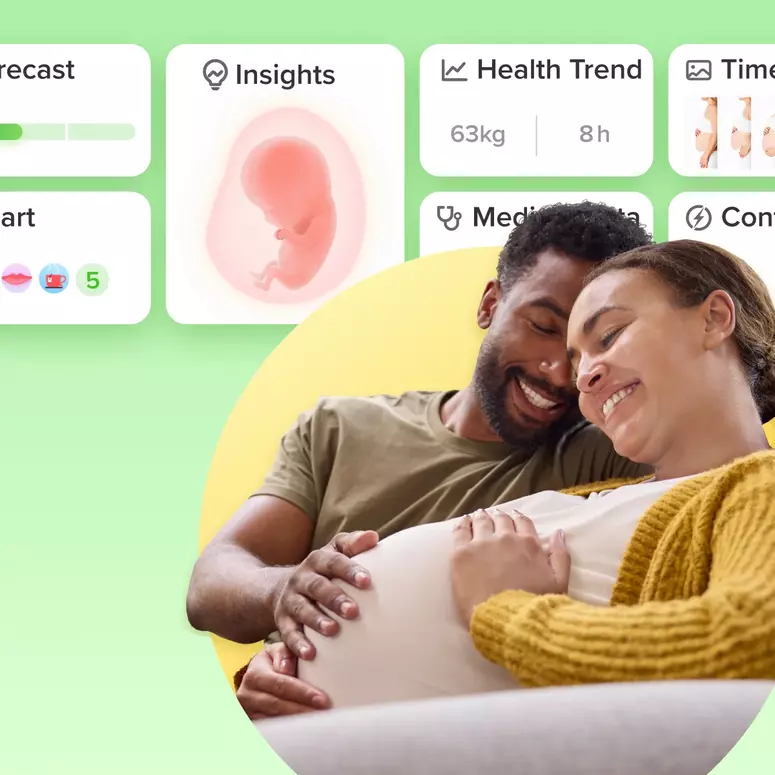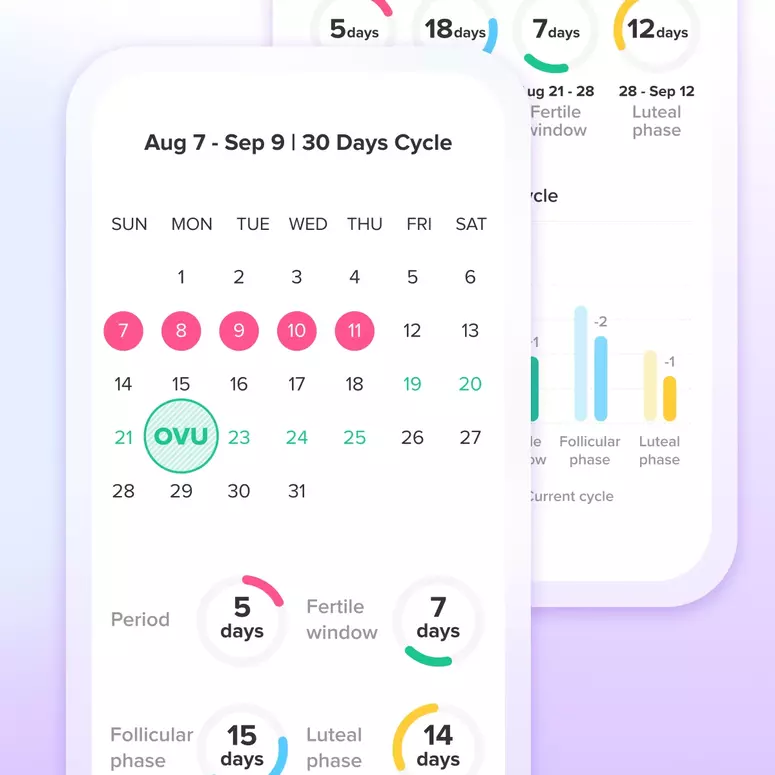Insemination options for lesbians trying to conceive
According to the 2015 U.S. Census Bureau, over 20% of lesbian households have biological children, and lesbian couples have become the largest demographic of women who use fertility treatments. With this in mind, fertility centers are ready to help and have an understanding of the specific concerns around same-sex fertility treatments.
After making the decision to conceive, first and foremost, couples need to decide who will carry the child and the source of the donor sperm. From there, how should insemination occur? Various methods exist, from “at home” methods to reciprocal IVF, in which one partner provides the eggs and the other partner carries the pregnancy.
There are four types of insemination options typically introduced to couples during their initial visit:
Intravaginal insemination (IVI): IVI is the simplest method of insemination, because the sperm is placed directly into the woman’s vagina. This method may be tried when the woman has no fertility issues and is using fresh donor sperm. This is the least common insemination technique, because success rates are lower than with other insemination techniques. However, it is the most common method used for “home” insemination. (Please note, there are important legal implications to consider with home insemination.)
Intrauterine insemination (IUI): IUI is a quick procedure that inserts washed and processed sperm directly into your uterine cavity with a thin catheter and syringe. IUI is performed with medical assistance and is the most common form of insemination.
Intracervical insemination (ICI): ICI is similar to IUI, except that the sperm is placed in the cervix instead of the uterus. Because the sperm needs to then travel to the uterus and then fallopian tubes to become fertilized, this procedure is less expensive than IUI, but it also has lower success rates.
In vitro fertilization (IVF): IVF is used when there infertility issues that may prevent other methods from being successful or when the couple wishes to use reciprocal IVF (sometimes called “co-maternity”). IVF is when the egg is fertilized outside of the body, usually in a test tube, and then is placed directly into the uterus.
If you’re unsure about the right method for you and your partner, your fertility clinic initial consultation will help explain your options and your fertility workup will provide the data you need to make the most educated decisions about how to proceed.
Glow Pages can also help provide resources and doctors if you need listings in your area, and the Glow Community can connect you with others also on this journey.
The Glow Fertility Program is here to help you, too. Call 1-866-GLOW-NOW (1-866-456-9669) and get personal advice from one of our experienced fertility coaches today.
Achieve your health goals from period to parenting.
